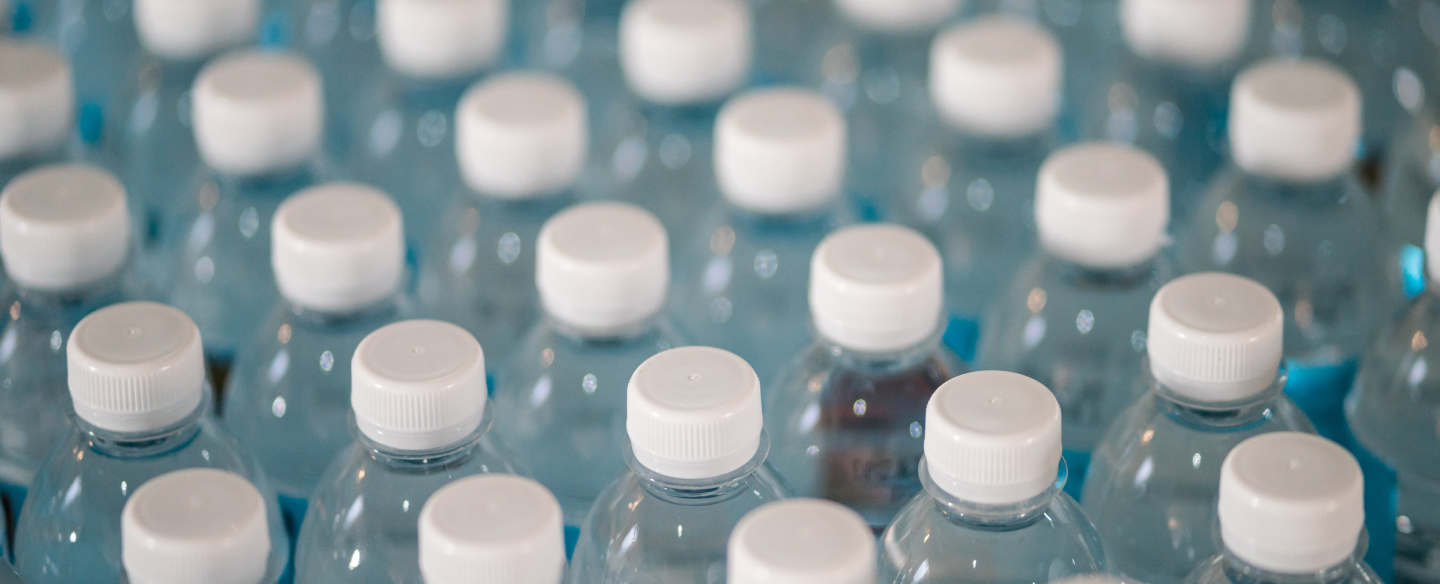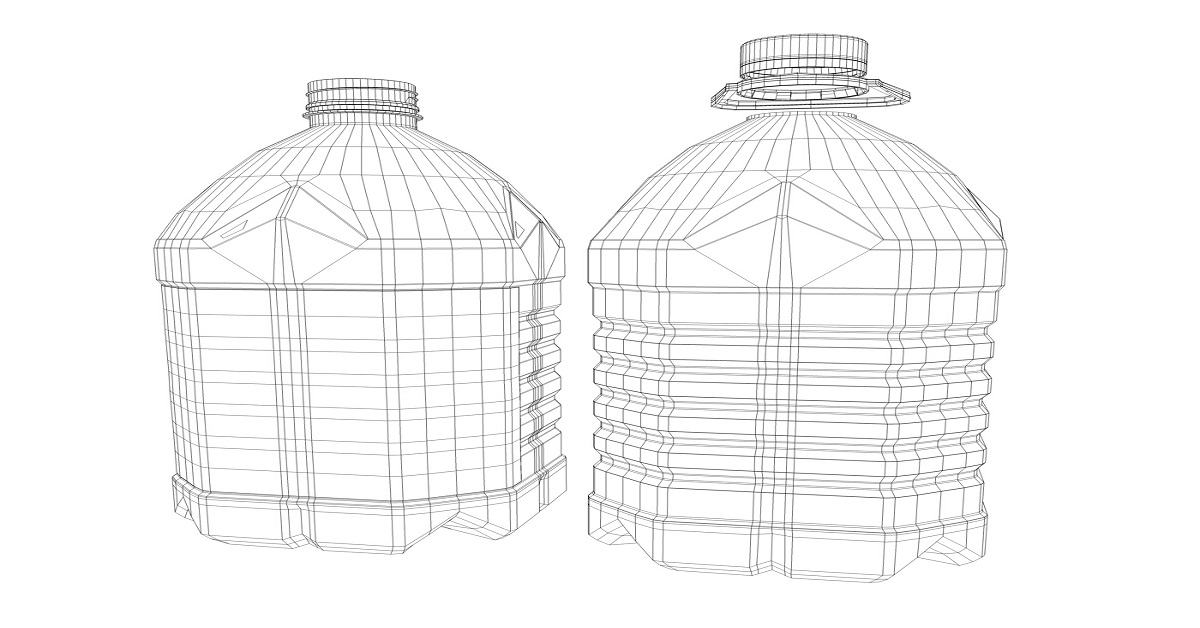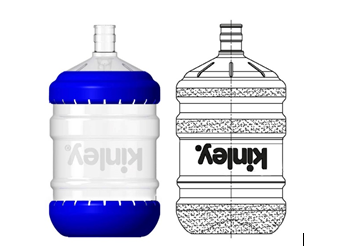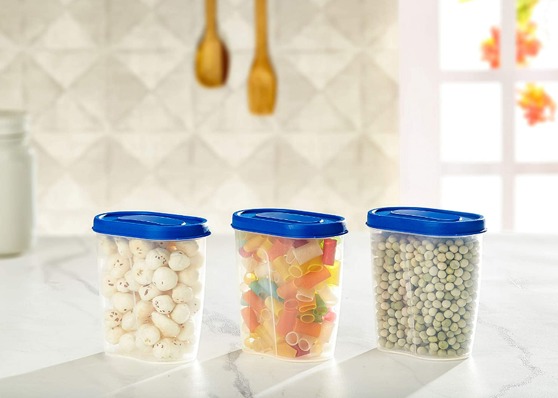
All About Modified Atmosphere Packaging (M.A.P)
Published:April 13, 2023

What are some types of modified atmosphere packaging?
-
- 1. Gas flushing
-
- 2. Displacement of oxygen to delay oxidation
- 3. Decreasing the growth of aerobic spoilage organisms
- 4. Acting as a filler to maintain package conformity
- 5. During a gas flush process, a harmless gas, usually nitrogen is actively pumped into the packaging before sealing to displace ambient oxygen. This is done to decrease the amount of oxygen inside the package, which will in turn decrease the rate of spoilage, as oxygen is one of the top killers of freshness.
- 2. Barrier packaging material
-
- 3. Scavenger or desiccant packs
How does modified atmosphere packaging protect food?
Largely, modified atmosphere packaging technologies protect fresh food by decreasing its exposure to oxygen. Oxygen leads to oxidation, which can cause discoloration, spoilage, and off-flavors and textures. By decreasing or controlling the amount of oxygen present in a package, the food product remains fresher longer, gets an extended shelf life that ensures it remains attractive to consumers. Modified Atmosphere Packaging became especially important during the COVID-19 outbreak of 2020. Consumers were instructed to social distance themselves and stay at homes as much as possible, so many began stocking up on food products with longer shelf lives. As a result, food producers and packagers saw enormous increases in demand for packaged food products that used MAP packaging technologies. Want to know how you can extend the shelf life of your products? Write to us on info@manjushreeindia.com.Featured Articles

Communication
Innovation
Manjushree | Restorative Design Engineering Approach
Today’s highly competitive consumer goods industry has high demands from packaging. They expect their packaging to deliver filling differentiation, cost reduction, and increasingly aggressive sustainability targets. Brand Owners and Retailers...
May 11, 2023
Read more

Branding
Featured
Innovation
Sustainability
Manjushree | Design thinking for plastic waste reduction
Plastic is a universal material, mass used across applications. In India packaging accounts for one third of the total plastic consumption. Despite its wide application and numerous perks, plastic has...
May 4, 2023
Read more

Sustainability
Can packaging contain food wastage at retail?
The world celebrated its first International Day of Awareness of Food Loss and Waste, this year on 29th September. In this article, we probe the role packaging plays in containing...
May 4, 2023
Read more
Do you have a query?
Lets Talk
+91 80 4343 6200
info@manjushreeindia.com